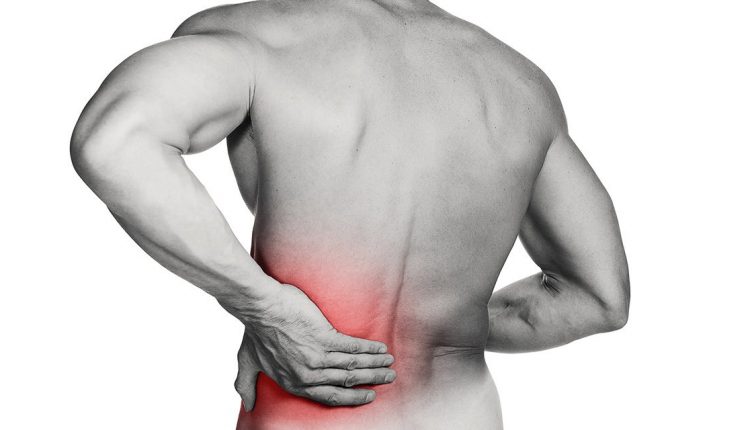
Kidney stones: how they form and how to avoid them
Kidney stones: kidney stones, the main cause of kidney colic, are among the most common diseases of the urinary system: 9 out of every 100 people suffer from this disorder during their lifetime, with men outnumbering women
Kidney stones: types and characteristics
Kidney stones, which are very painful, are the urinary system’s attempt to expel stones,” explains the doctor.
And stones are not all the same, they vary in type and colour and are generally divided into:
- Calcium oxalate stones: these are the most common (80%). They form in some people because their urine is rich in calcium, but not only. Calculi can also occur in people whose urine contains a normal amount of calcium, but for various reasons it crystallises more easily than it should.
- Uric acid stones are formed from this substance, which is a waste produced by the body in response to various activities. This type is most commonly associated with conditions such as overweight, diabetes and gout.
- Struvite (phosphate-ammonium-magnesium) stones: these are related to urinary tract infections and are caused by certain bacteria that not only cause infections but also make the urine alkaline, facilitating the precipitation of phosphate-ammonium-magnesium crystals.
Diet and stones – how to prevent them from occurring
One of the factors that can facilitate stone formation is dehydration: the less hydrated you are, the smaller your urine volume and the greater the chance of precipitation and crystallisation.
As far as diet is concerned, it is important to note that the amount of calcium in the urine does not depend on dietary intake, but on how the body handles it, so calcium intake should not be reduced.
It is very important, however, to reduce animal protein, as this acidifies the urine and increases the possibility of calcium and uric acid stones forming.
Four tests to diagnose kidney stones
To make an accurate diagnosis of kidney stones, there are four main tests that need to be performed: a urinary physical and chemical examination, an abdominal X-ray, an ultrasound of the urinary tract and a CT scan of the abdomen and pelvis.
Read Also:
Organ Transport, The First European “Drone Ambulance” Debuts In Turin: It Will Transport Kidneys
What Is Pancreatitis And What Are The Symptoms?


